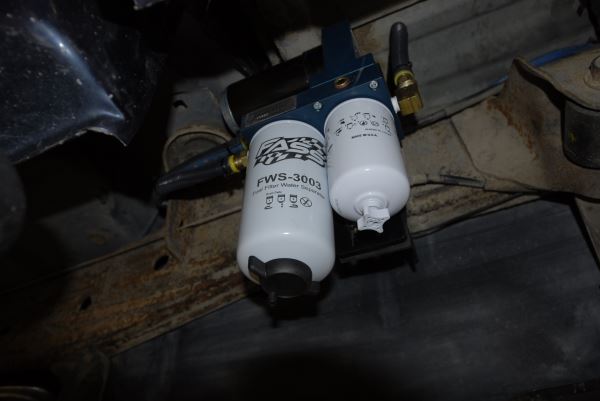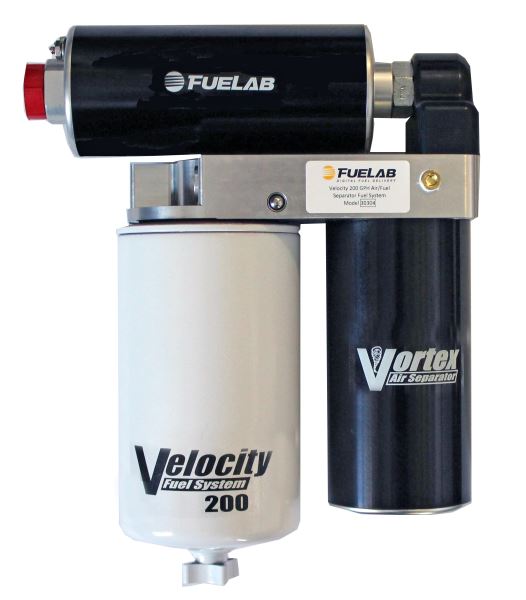When I first started getting into diesel trucks, one of the things that baffled me most was the term “lift pump.” Understanding what one does is simple enough, but it was the name that bothered me. The problem is that it seemed like nobody could tell me why it was called a lift pump. “That’s just what it’s called,” they would say. Now, I understand that sometimes things have names that don’t have anything to do with their function, which is understandable. Frustrating, maybe, but understandable. For example, why is it called a football? Your foot rarely touches the actual ball. It’s more like a “run/throwball.” Or what about dongle? You know, those USB things you plug into your computer to connect some random device. What the hell is “dongle”? Are the USB dongle goblins coming to get us?
Anyway, before I finally learned what a lift pump really is, I thought maybe it had to do with a truck’s lift. But that didn’t make any sense, because the air bags take care of that. As it turns out, there’s a very simple explanation for the name “lift pump.” And consequently, it turns out the people I asked just had either not thought about it enough, or were in fact ignorant to how one works. A lift pump is a pump that lifts fuel to a higher level. That’s literally it. In retrospect, it’s maybe too simple a name for what that actually ends up meaning for the truck, but I guess it’s better than calling it a “lifts-fuel-to-the-high-pressure-pump-so-the-truck-doesn’t-run-out-of-fuel” pump.

With that out of the way, what is a lift pump and what does it actually do? In the simplest terms, it’s a low-pressure pump that transmits fuel to a high-pressure pump. Basically, it gets the fuel from the tank and delivers it to the CP3 (or whatever version you have) pump. From there, the fuel goes through the fuel rail and ends up at the injectors, which regulate it from there. Whatever your actual setup is, the lift pump is what keeps the fuel pressure steady and available for use by everything in the line after it.
So why is that important? Well, for starters, if you lose pressure to the high-pressure pump, the most obvious effect is power loss. No fuel means no go. Prolonged bouts of low pressure can also lead to injection pump failure, which is, um, bad. On the flip side, if you’ve modified your truck at all, you need a better lift pump (and everything else along the way) to keep up with the increased power demands. There are quite a few companies, such as, aFe Power, AirDog, FASS and Fuelab, that provide entire systems to help you solve these problems all at once, since even the stock fuel filters and lines become inadequate.

Most companies will sell you on a lift pump by saying that they’re better for water separation and supply pressure, but in a lot of cases, a lift pump will actually add power to your engine, too. Since it’s electric, you can regulate its pressure output, which will provide more fuel to your engine faster.
So now that you’ve got the skinny, what kind of pump should you get? Do your research and pick a brand you trust. As for capacity, be honest about the capabilities of your engine and then choose a pump with the proper psi and gph. Most trucks don’t need more than 150gph from a pump unless you’re doing a lot of sled pulling. Also, be a little careful with the psi, because even though you want to feed your engine as much fuel as possible, there is such a thing as too much pressure and you can blow your seals. Finally, lift pumps are relatively cheap, in the $200-$700 range, so they’re an easy way to give some life to your truck.